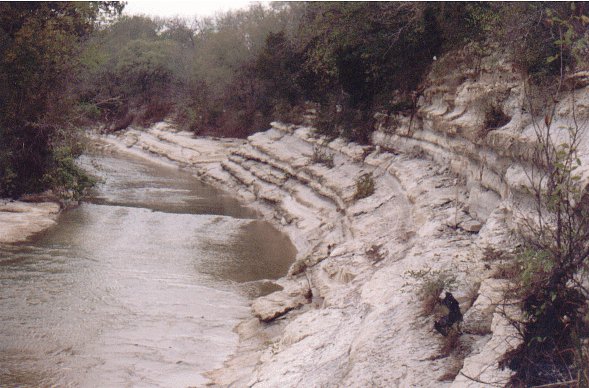
Figure 8. Austin Chalk exposed in the banks of Tenmile Creek.
Stop 2. Austin Chalk
Austin Chalk is exposed along Tenmile Creek in DeSoto (site 2, Fig. 1).

Figure 8. Austin Chalk exposed in the banks of Tenmile Creek.
Like the Taylor Marl, this rock contains common fossils, confirming its marine origin.
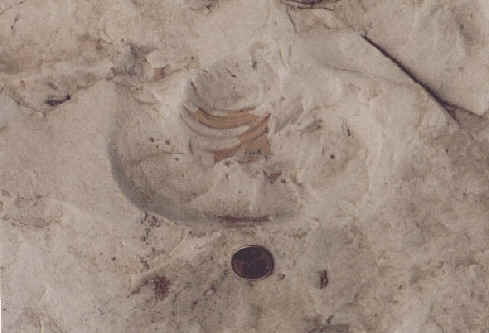
Figure 9. Large fossil shell in the Austin Chalk.
Unlike Taylor Marl, Austin Chalk does not contain abundant clay, although there are some clay-rich layers such as the one in the center of the view below. The rock is not fissile.
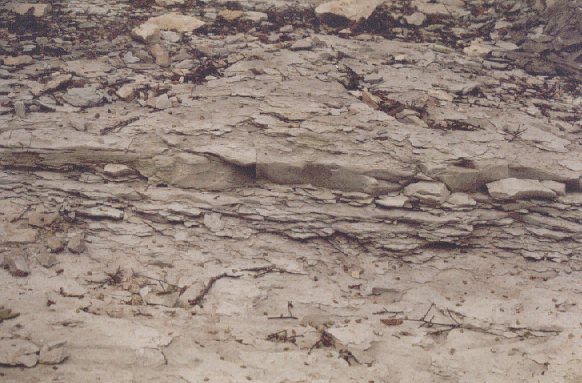
Figure 10. Clay-rich layer in the Austin Chalk.
Austin Chalk is relatively resistant to erosion - at this site much erosion is in the form of rock falls, where large blocks of chalk become detached along joints (fractures in the rock) in the steep creek banks.
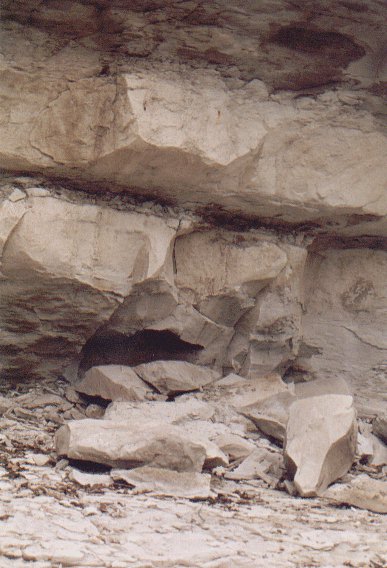
Figure 11. Recent rockfall.
These joints also allow groundwater seepage through the chalk, which dissolves the chalk and stains the rock with precipitated minerals, as shown below.
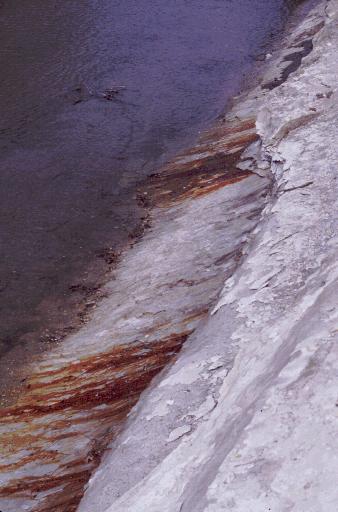
Figure 12. Staining of the rock by groundwater seepeage.
Austin Chalk produces thick, clayey, organic-rich soils and gently sloping prairies.
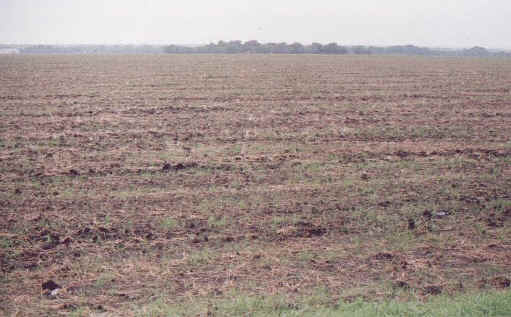
Figure 13. Surrounding landscape.
Because of its resistance to erosion, Austin Chalk forms a prominent ridge in western Dallas County - the White Rock Escarpment, which overlooks the valley of Mountain Creek (site 3 on Fig. 1).